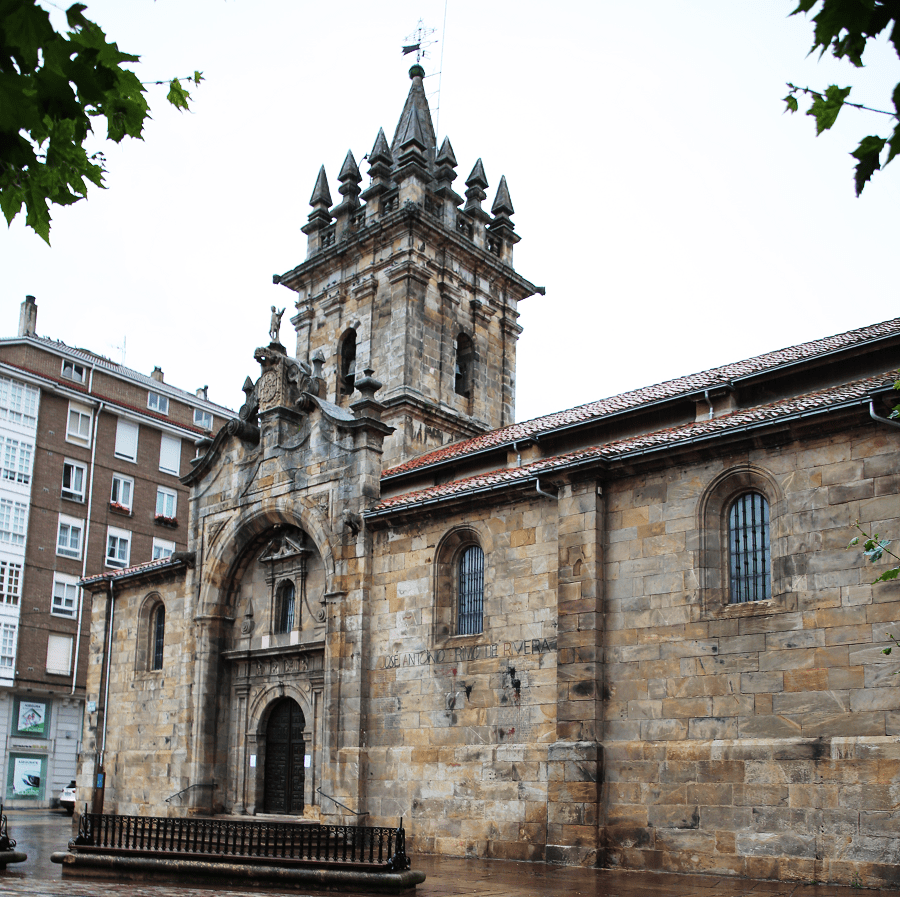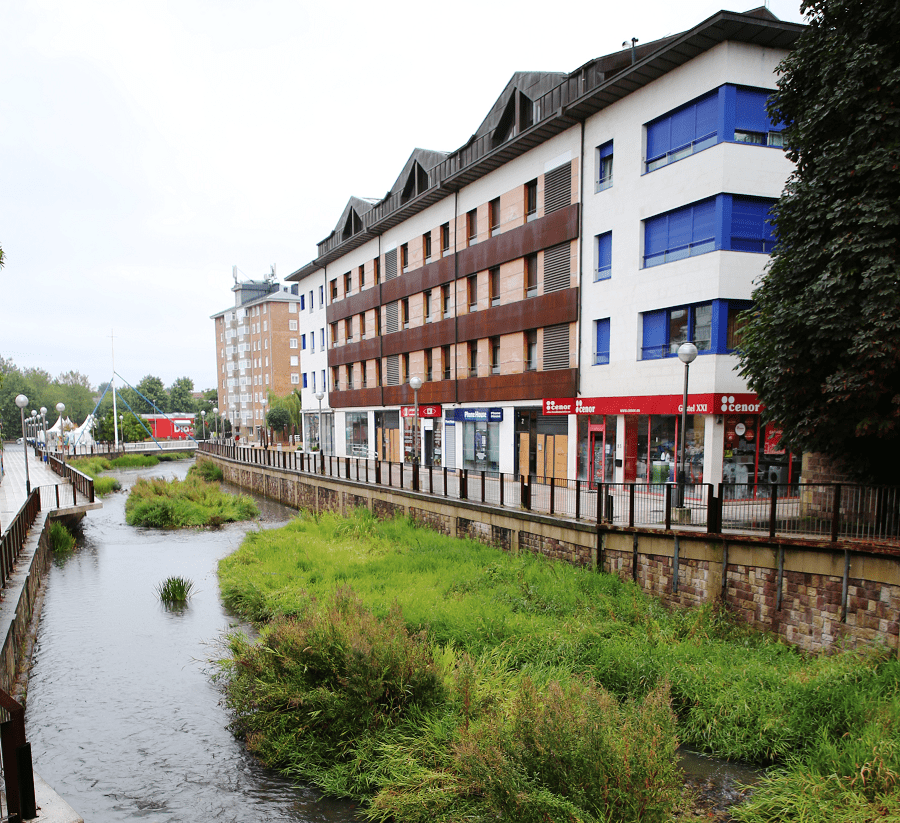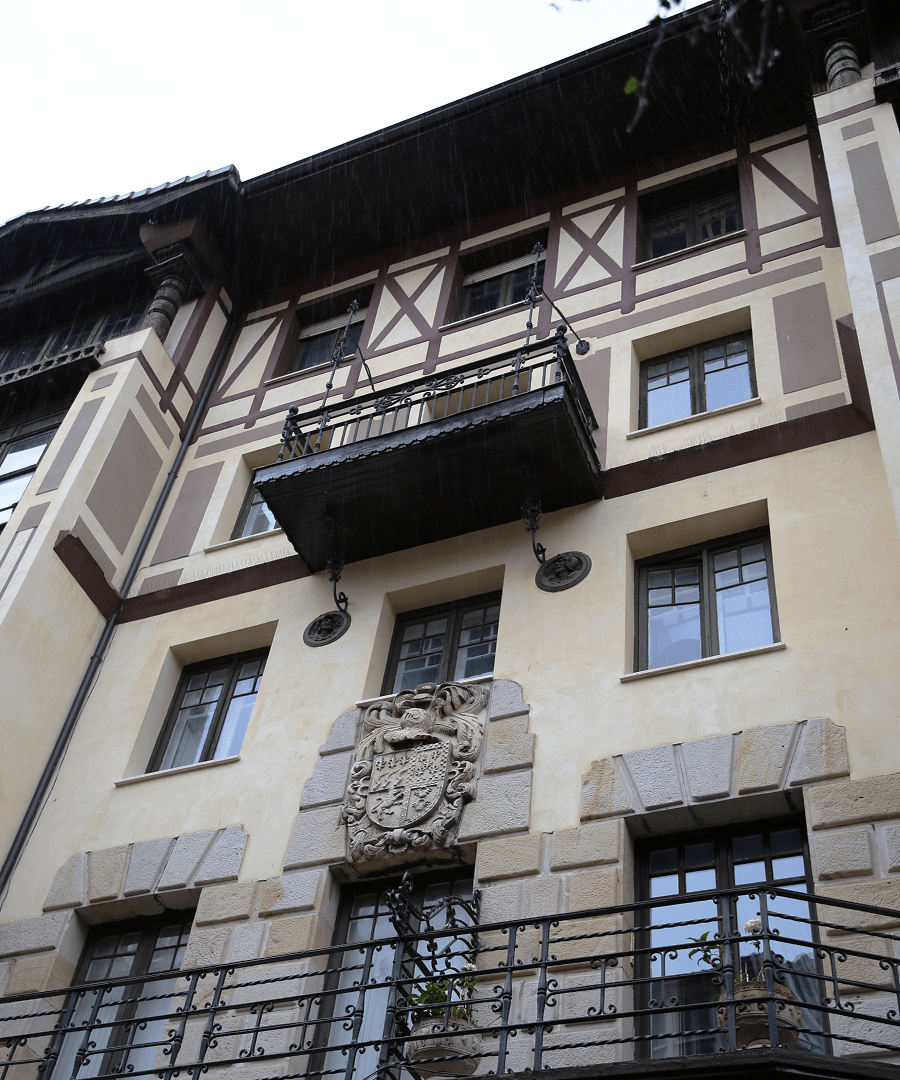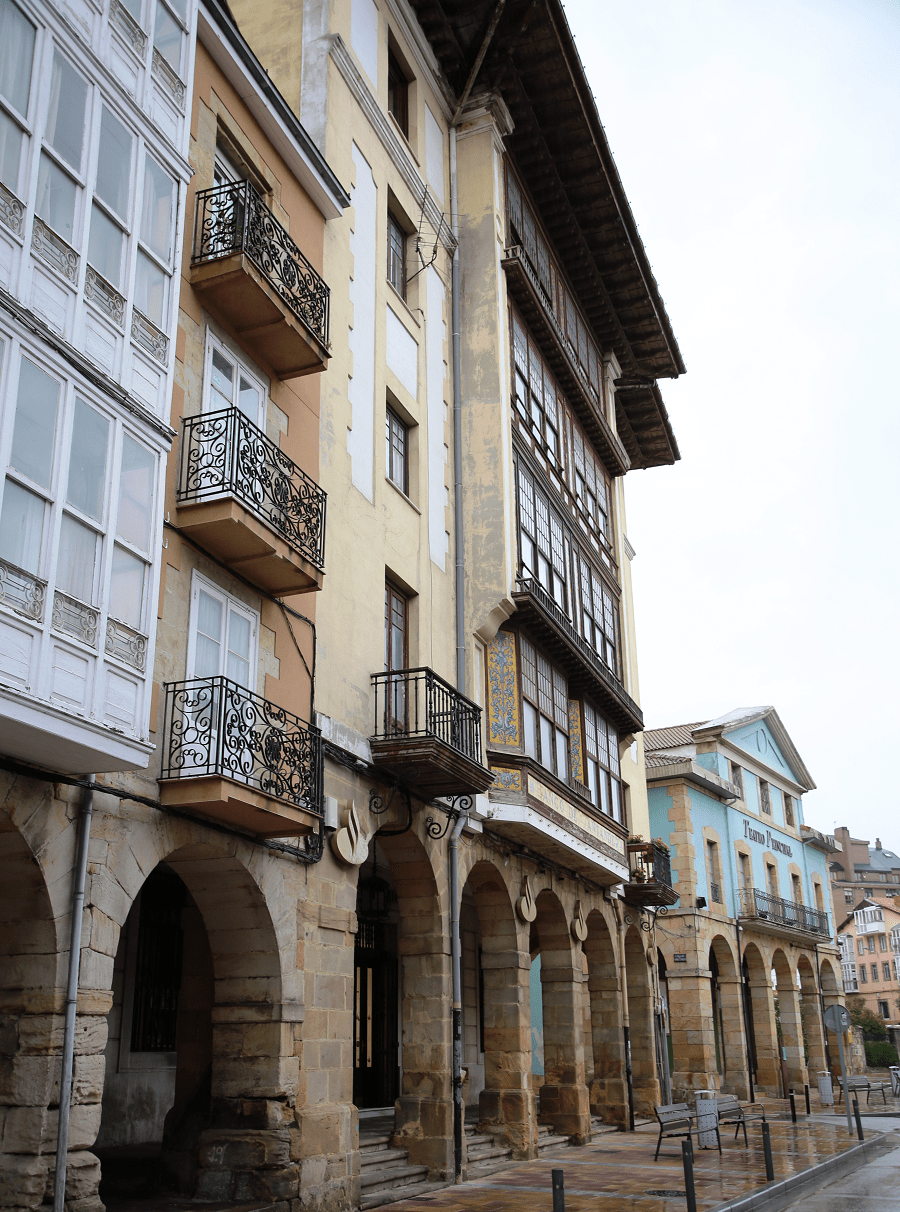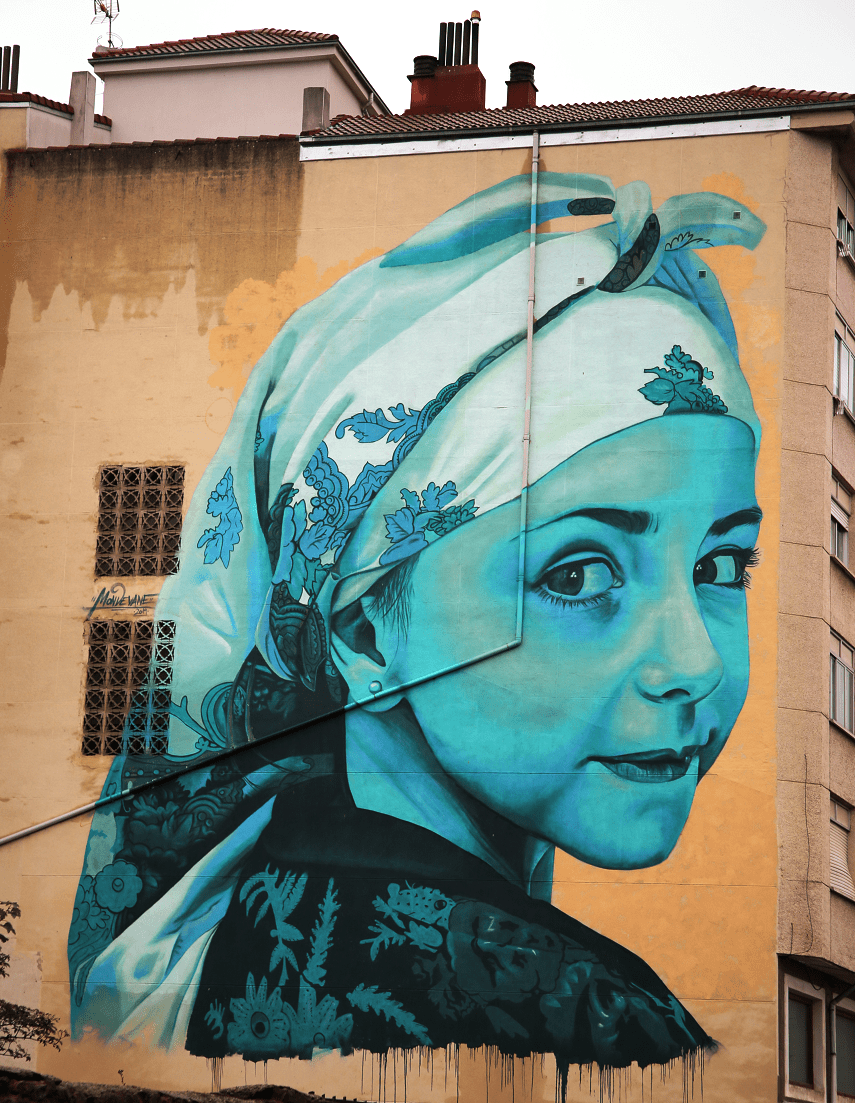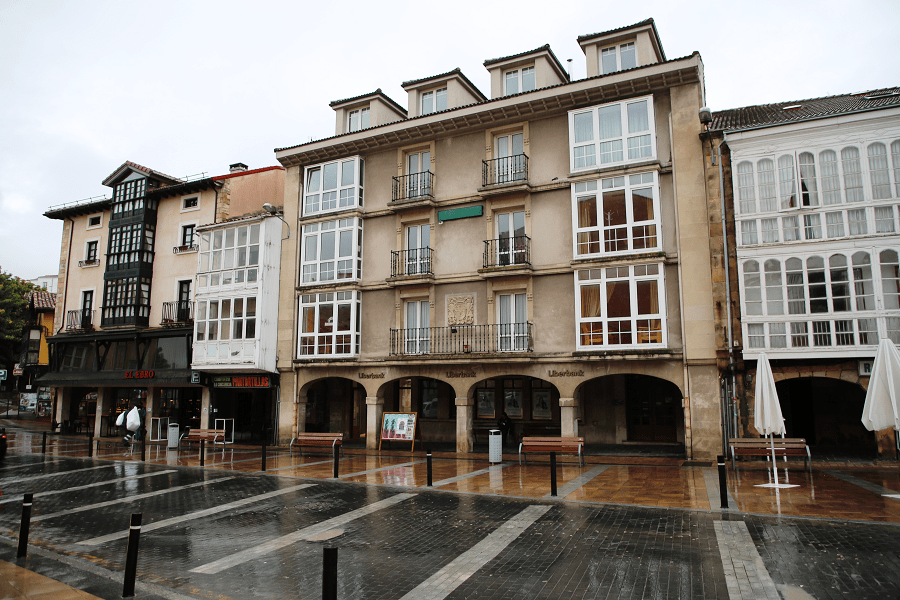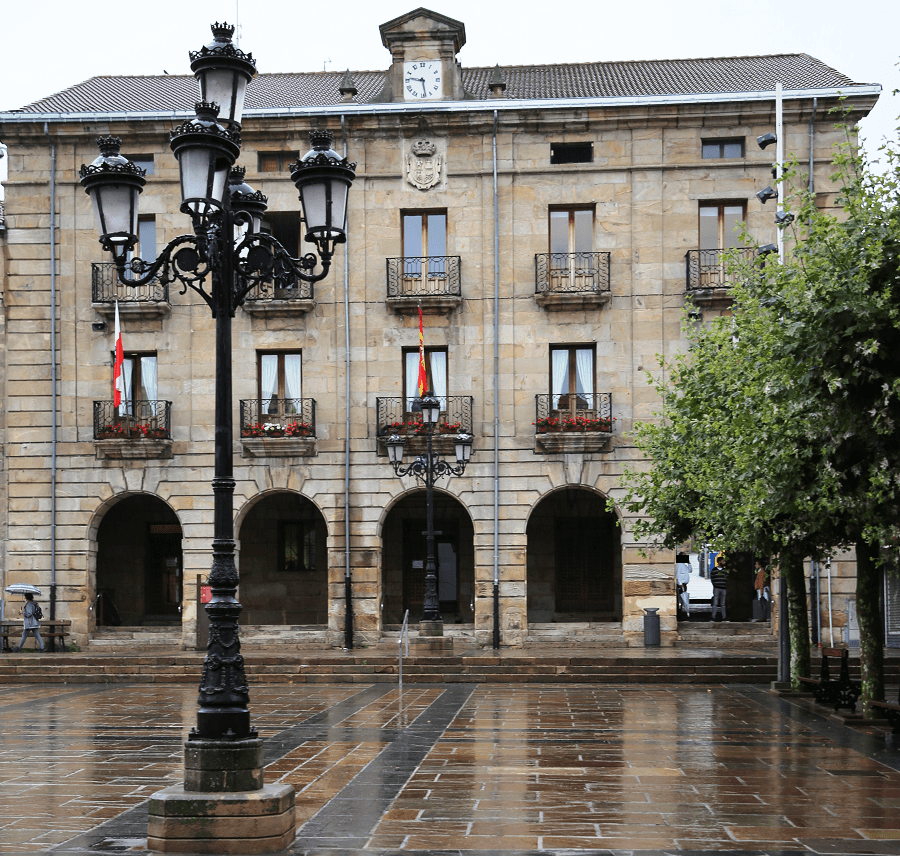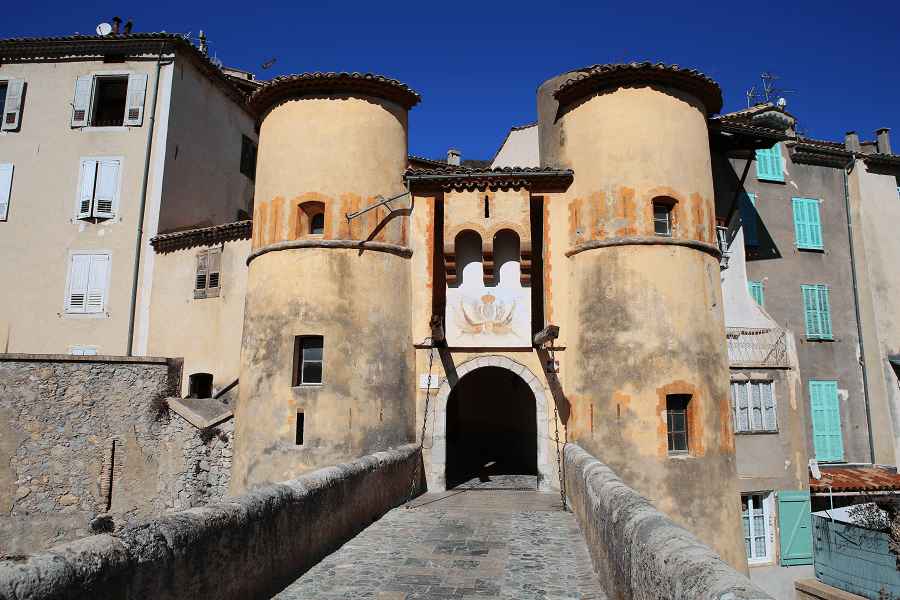Reinosa is a municipality and a city in the autonomous community of Cantabria (Spain), administrative and economic center of the Campoo-Los Valles region and one of the most important urban centers in the interior of Cantabria.
Tourism and main attractions
La Casona is a palace located at 23 Avenida Puente Carlos III. It currently centralizes the library services of the municipal house of culture, exhibition hall, communications services center, study room and tourism office. Its façade was declared an asset of cultural interest on November 22, 1982.
The palace was built in 1788, directed by a master named Gandarillas. Little more remained of that project than the facades after the fire in 1808. Around 1910 it was rebuilt, partly in reinforced concrete.
It has an entrance flanked by Tuscan columns that support a balcony. The main façade is made of ashlar masonry and is decorated with pilasters. The palace has three floors, the first being padded and the last topped with a remarkable cornice that goes around the entire building; above this there is another floor, added in the 20th century.
The church of San Sebastián was declared a Site of Cultural Interest in 1983. It is located on Calle de San Sebastián, in front of Plaza de Juan XXIII, in the center of the town.
In the place where the current Baroque temple is located, there was a church, from the 16th century, in which the stonemason Pedro de la Peña is said to have worked. The central body seems to belong to this period. In the 18th century (years 1754-1774), the tower, the portal and the dome were added.
The House of the Princesses is a private building from the 15th century, although it was later heavily renovated, located in the Plaza de Juan XXIII next to the church of San Sebastián.
In 2013 the roof and the interior of the building were demolished as a result of the terrible state in which it was found (the last time the property was reformed was in the 1940s), keeping its stones to be able to erect an identical building in the future.
This historic building owes its name to a historical event that took place here in 1497, since it was the place where Juan de Aragon, son of the Catholic Monarchs (Isabel I of Castile and Fernando II of Aragon) met his future wife, Margaret of Austria, sister of Felipe I de Castilla.
Other places of interest are: the San Francisco convent and the San Roque Chapel, as well as the Town Hall, the Carlos III bridge, the Aurora fountain and the buildings (14th to 20th centuries) of the Navamuel and Manrique towers and Navamuel and Calderon. Among the mansions and noble houses, it is worth mentioning that of the Niña de Oro, the house of Cossío, that of Pano and the house of Boyet.
Skiing
Winter sports and the nearby ski and mountain resort of Alto Campoo are also an important source of wealth for the city, especially for the hotel and catering sector and rural accommodation.
How to get to?
Nearest airport is in Santander.
From Santander 56 min (73.8 km) via A-67
From Madrid 3 hr 47 min (386 km) via A-6 and A-67
Main information
Area: 4 km²
Coordinates: 43°00′07″N 4°08′16″W
Population: 8810
Languages: Spanish
Currency: Euro
Visa: Schengen
Time: Central European UTC +1




